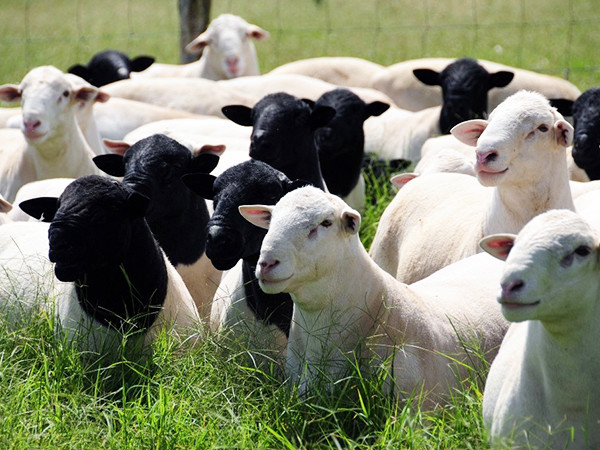

By their nature, sheep are followers. They follow the shepherd to pastures, to the market and to the slaughterhouse. You just need to show the way and they will follow.
There are primary sheep breeds, namely the Dorper and Red Maasai. The Dorper is a breed that was developed in South Africa and was introduced into the country through the Kenya Agricultural Research Institute in 1950s. It was developed by crossing the Dorset Horn and Blackhead Persian breeds, hence the name ‘Dorper’. The animal is identified by its characteristic black head and white body.
The breed has been widely adopted across the country due to its commendable adaptability to semi-arid and arid environments. The Dorper exhibits good mothering abilities, calves twice a year and can attain a live weight of 36kg in four months.
However, when compared to local breeds, the Dorper may be termed as ecologically-challenged as it is not resilient to drought and common sheep diseases such as gastro-intestinal parasites, commonly referred to as worms. The latter are known to cause serious losses to sheep owners.
On the other hand, the indigenous Red Masaai sheep are mostly found in Rift Valley. The sheep are synonymous with pastoralists. The Red Maasai breed is mainly reared for meat, and not wool. It has reddish-brown fur. It spots a shaggy coat of hair, not wool. The pastoralists are extremely fond of this breed due to its numerous adaptive traits.
However, the down-side of the species is that it is characteristically small compared to the exotic breeds, thus it does not make much commercial relevance.
Clearly, both breeds have merits and demerits. How can a farmer gain from their respective strengths?
The answer lies in crossbreeding. Developing a composite breed that would be relatively more resistant as compared to a pure exotic Dorper and more productive as compared to an indigenous Red Maasai would be an ideal approach.
The crossbreeding approach has been undertaken and indications are that a 50/50 cross is relatively more resistant and productive, and an increase to 75/25 pedigree would ultimately improve the productivity of the animal but require increased management.
The crosses offer better meat and milk, are drought-tolerant and worm-resistant, have higher lamb survival rate, exhibit faster growth, achieve higher slaughter value and are preferred even in local markets.
The crossbreeds perform better in terms of body weight gain and growth rates than both the pure Dorper and the indigenous Red Maasai. The crossbreed is of clear economic relevance to the smallholder farmers. Crossbreeds can be bought from local farmers around Kajiado and Nakuru.
So, where can you sell sheep? They are mainly sold in local markets at about Sh4,000 an animal. The Kenya Meat Commission is another potential market. Their docile nature makes sheep very easy to rear. They can be comfortably kept on a small portion of land. Sheep also provide very good quality skins for the leather industry. A good breeding ram would cost approximately Sh12,000. Being a shepherd may be the next big thing.
 Contact Jaguza Support
Contact Jaguza Support